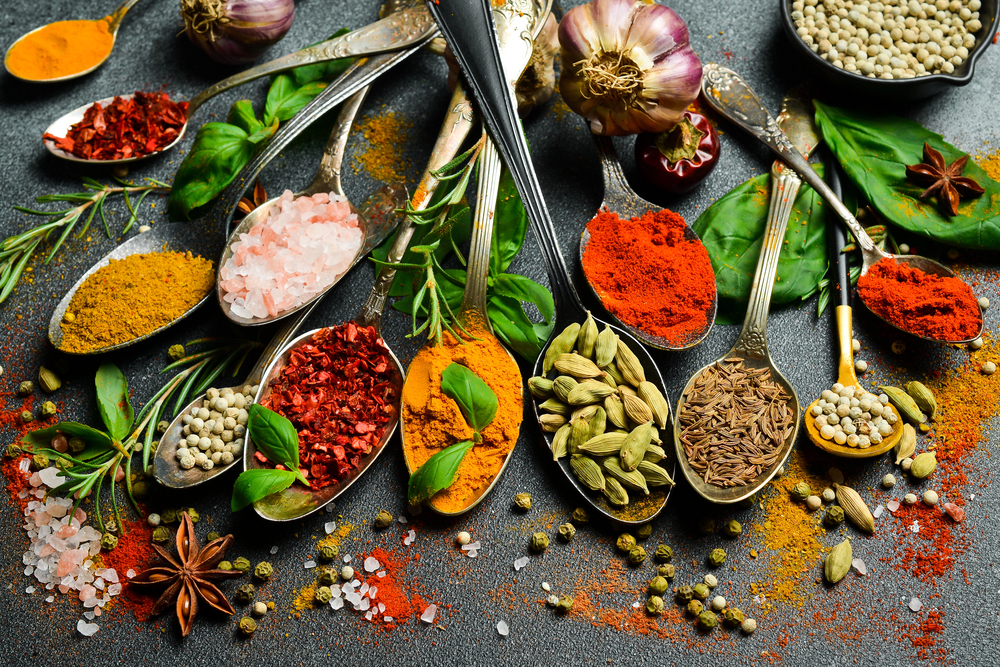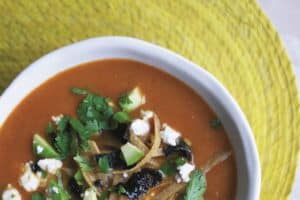In the kitchen, spices are what turn a mundane meal into a masterpiece. The right spices make food feel alive, enhance the rich scents of a meal, and turn a simple recipe into an experience.
In this guide, we discuss 12 of the most essential spices every home cook needs to have and how to best use them.
Your Go-To Guide: 12 Key Spices and How to Use Them Effectively

Black Pepper: The Versatilist
Black pepper is the king of spices. Being a versatile pepper, it can complement many dishes by adding mild to moderate heat and great flavor. The taste of freshly ground peppercorns is much stronger than pre-ground peppercorns. Black pepper is an essential table condiment ready to enhance mundane meals of meat, soup, or salad. That’s why when you see spices for sale in bulk, don’t forget to buy months’ worth of black pepper.
Cumin: Earthy and Warm
The essential warm, earthy taste of cumin is popular in many global food types. Its unique scent adds complexity to different curries, stews, and roasted vegetables.
Dry roasting cumin seeds beforehand will bring out the aromatic oils in the seeds, making them more flavorful. Legumes pair well with cumin, and it adds warmth to spice blends such as garam masala.
Paprika: Sweet ‘n’ Smoky
Paprika is made from dried pepper, and its flavor can range from sweet to smoky. While sweet paprika can brighten up stews and goulashes, smoked paprika adds richness to grilled meats and veggies. Due to its bright colour and mild heat, paprika can be commonly found among spices for sale every now and again, which you can buy in bulk and use as a spice rub and marinade.

Turmeric: The Golden Spice
A key ingredient in curry powders, this spice offers health benefits due to its active compound, curcumin. Add turmeric for color to rice dishes, soups, and smoothies. Including a dash of black pepper also increases the absorption of curcumin for an optimum increase in wellness benefits.
Cinnamon: The Aromatic Bark
Cinnamon enhances the savory sweetness of spices and works well with sweet and savory dishes. It is popular in baked goods because of its comforting scent, but it also has savory options like chili and tagines. Cinnamon can either be in ground form for ease of use or as cinnamon sticks to lend a more subtle flavor to liquids.
Ginger: Zesty and Fresh
The zesty, peppery flavor of ginger can level up any dish. Ginger’s fresh and ground forms have different qualities. Fresh ginger gives a spicy zing to stir-fries and marinades, while ground ginger is best for baking. It is also widely used in beverages, especially to add a refreshing touch to tea and cocktails.

Powdered Garlic: Subtle Booster of Flavor
Garlic powder is an ‘instant’ alternative to whole garlic and delivers a similar flavor. Its neutral flavor pairs well with plenty of foods, from pasta sauce to roasted veggies.
Unlike fresh garlic, garlic powder is dispersed evenly in recipes, which means that the flavor is consistent throughout the dish. It is a pantry go-to for emergencies when you need to cook food with garlic but don’t want to spend time cutting it.
Chili Powder: The Burst of Flavor
Chili powder is a mixture of ground chilies and spices, such as cumin and garlic. Its robust flavor provides spice and complexity to chilis, tacos, and soups. The different varieties allow customization of the heat to be lowered or raised to individual preference. You can use chili powder in anything you like.
Nutmeg: Sweet ‘n’ Savory
The sweet, nutty flavour of nutmeg lends warmth to sweet and savoury dishes. A baking must-have, this spice also boosts the flavor of creamy sauces and vegetable preparations. Nutmeg is one of the spices whose flavor shines when freshly grated, so it is well worth the effort. Use it judiciously as it tends to dominate other flavors.

Bay Leaves: The Essence of Broth
Use bay leaves for soups, stews, and sauces. They give a mild, herbal (pleasant) aroma. That slightly bitter note softens with cooking, imparting depth of flavor that doesn’t overwhelm. Remove bay leaves before serving since their texture remains leathery even after simmering. Just a few leaves are enough for a dish, so they have a long shelf life in the pantry.
Image Credit: depositphotos.com






























